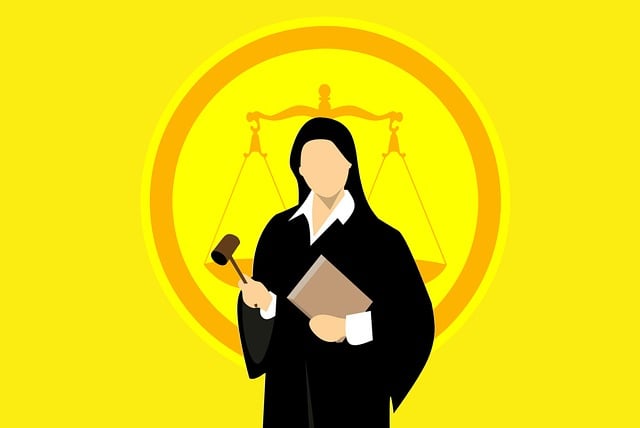BlueFire Wilderness Therapy, a program designed to help troubled teens through outdoor therapeutic interventions, is currently facing a significant lawsuit that could reshape the landscape of wilderness therapy. The legal action, filed by families of former participants, centers around allegations of negligence, emotional harm, and inadequate care. As the case continues to unfold, it raises critical questions about the regulation, safety, and ethical practices within the wilderness therapy industry.
Key Allegations: Negligence and Emotional Harm
The lawsuit against BlueFire Wilderness alleges that the program failed in its duty of care toward participants, leading to both physical and emotional distress. The plaintiffs, primarily families of former participants, argue that the program did not provide sufficient supervision or appropriate medical attention when needed. Some families claim that their children left the program with more emotional trauma than they entered with, citing incidents of physical exhaustion, lack of proper psychological support, and a general failure to protect the well-being of vulnerable teens.
One of the most pressing concerns is the allegation that some staff members lacked the necessary training to adequately care for participants, especially in challenging wilderness environments. This is a central theme of the lawsuit, as inadequate staff qualifications are seen as contributing to the harm experienced by the teens. The lawsuit also touches on issues of “informed consent,” where parents argue they were not fully briefed on the potential risks involved in such a rigorous program.
Legal and Regulatory Implications
The outcome of this lawsuit may have far-reaching legal consequences for BlueFire Wilderness and similar programs. At the heart of the case is the “duty of care” standard—whether BlueFire adequately safeguarded the health and safety of participants under its supervision. If the court finds BlueFire breached this duty, it could set a precedent for stricter legal expectations for wilderness therapy programs across the country.
The lawsuit also underscores the need for better industry regulation. Wilderness therapy programs often operate in a regulatory grey area, with inconsistent licensing and oversight depending on the state. Critics argue that more stringent standards and certifications are needed to ensure that these programs are equipped to deal with the complex emotional and physical needs of participants. In the wake of this lawsuit, regulatory bodies may push for uniform standards to address the gaps that have been highlighted.
Industry-Wide Impact and Potential Reforms
As the lawsuit progresses, it has already triggered broader discussions about the wilderness therapy industry as a whole. Many industry leaders are calling for reforms to improve safety and transparency. For example, enhanced staff training is seen as a critical need, ensuring that employees are properly equipped not only to navigate wilderness challenges but also to provide mental health support to at-risk teens.
Programs may also need to rethink their participant screening processes. Better screening can help identify individuals who may not be suited for the physically and emotionally demanding environments of wilderness therapy. Moreover, families are calling for more comprehensive communication regarding the potential risks, outcomes, and methods used in such programs.
In response to the BlueFire Wilderness lawsuit, some programs have already begun to review and update their protocols. These changes include ensuring better access to medical care during outdoor excursions and providing more emotional support throughout the program. While wilderness therapy has helped many young people make significant behavioral changes, cases like this highlight the fine line between therapeutic challenge and harm.
Conclusion: The Future of Wilderness Therapy
The BlueFire Wilderness lawsuit is an important legal and ethical test for the wilderness therapy industry. As the lawsuit makes its way through the courts, it continues to shine a spotlight on the operational and regulatory challenges faced by these programs. Whether the outcome leads to stricter regulations or more transparency, it is clear that wilderness therapy providers will need to reassess their practices to ensure they meet the highest safety and care standards.
The case is likely to have a lasting impact, prompting deeper scrutiny of how wilderness programs handle participant safety and how they communicate with families about the risks and rewards of such therapy. Ultimately, the goal is to ensure that wilderness therapy remains a viable and safe option for the families who turn to it in times of need.

